IN MAY 2018, I participated in the Young Sinologist Program 青年汉学家研修计划 in Chongqing. On the last morning of the university exchange portion of the program, my lecturer sat me down in front of his computer to watch the recently released ninety-minute documentary Amazing China 厉害了我的国 (see Chapter 2 ‘Talking (Up) Power’). Sitting through the film’s relentless praise of the technological advances, scientific and industrial development, military modernisation, and success at alleviating poverty that has happened under Xi Jinping 习近平, what really struck me was its enthusiasm for the country’s cultural industry. I had attended a lecture on China’s cultural industry at the Young Sinologist Program in Xi’an the year before, and this deepened my curiosity about the cultural industry’s role in China’s growing soft power initiatives. Amazing China introduces the topic with an excerpt from Xi’s speech at the Nineteenth National Congress of the Communist Party of China in October 2017: ‘Cultural confidence is the most basic, the most profound, and the most enduring force of a nation and a people’s development’.
The Young Sinologist Program put that cultural confidence on display. In Dunhuang and Chongqing, we were treated to two historical spectaculars directed by Wang Chaoge王潮歌, co-director with Zhang Yimou 张艺谋 of the 2008 Beijing Olympic Games opening ceremony. Wang’s large-scale multimedia performances in custom-built arenas, as well as a separate show on a similar scale about the Three Kingdoms period (220–280 AD), were simultaneously mesmerising and mawkish. Their jaw-dropping audiovisuals and stagecraft reflected the cultural confidence of which Xi spoke. The shows were designed to impress both domestic audiences and international guests with their technological ingenuity. On a subtler level, they offer a rereading of China’s past that harmonises with the CCP’s goals, emphasising qualities of redemption and resilience. The abundance of bright lights and deft choreography in these shows is an effective way of turning elements of China’s history and culture into a marketable product to bolster patriotic pride at home and foster admiration internationally — what is commonly called soft power.
Even when Chinese soft power efforts appear kitsch or ham-fisted (look up ‘This is China in Rap’ for an example), they reveal much about how the Party wants China to be understood abroad. The three-week Young Sinologist Program itself is part of China’s soft power drive and a manifestation of Chinese cultural confidence. The Ministry of Culture of the People’s Republic of China and the Chinese Academy of Social Sciences launched the program in 2014. By 2018, the number of participating cities had grown to include Beijing, Shanghai, Chongqing, Xi’an, and Guangdong, and this list will expand again in 2019; well over a hundred scholars attend each year. Each city hosts the Young Sinologist Program once a year, with participants staying in and around that metropolis. The programs I attended comprised a mix of lectures, field trips, excursions to local historical sites, and some tourism, with organisers seemingly given scope to tailor the schedule to take advantage of local expertise and facilities.
Of the twenty-five participants at each event, I was the only Australian (and one of few participants with English as a first language). Russia and India provided the largest number of attendees, and the former Soviet republics were also well represented in these all-expenses-paid extravaganzas, which a small army of support staff ensures run smoothly. The Young Sinologist Program focusses its participants’ attention on the awe-inspiring spectacle of China’s transformation: its rise to global economic, military, and political prominence as both the proud heir to an ancient civilisation and the harbinger of high-tech modernity. The participants themselves become part of the show. An ever-present media team captures images of nearly every activity and prepares profiles of participants that are broadcast across numerous digital platforms. The smiling faces and glowing endorsements of these foreign friends create an image of an attractive China that is meant to be envied by the rest of the world. Participants are exposed to the spectacle of modern China and, in turn, become part of this very spectacle, intended for domestic consumption.
The programs I attended began with three days of lectures by local academics and Party figures. Weekends featured field trips: the Terracotta Warriors in Xi’an, a Three Gorges boat cruise in Chongqing. In Xi’an, they divided us into groups depending on our interests. My group spent a week visiting a range of government offices, factories, and start-up incubators at Xi’an’s high-tech district. The program was less flexible in Chongqing, where all participants were assigned a professor at a local university to work with. Ostensibly, we were to research a topic that we supplied to our hosts prior to coming. However, in Chongqing some of my colleagues reported that their professors encouraged them to choose a new topic — the Belt and Road Initiative, for example. From Xi’an, we attended the Second Silk Road Cultural Expo in Dunhuang, where we met the Minister for Culture, Luo Shugang 雒树刚. In Chongqing we were required to perform in a closing gala — the women participants were assigned to recite Mao Zedong’s 1936 poem ‘Snow’ 沁园春·雪. Upon returning home, all participants were to write a research report of at least 3,000 words that would be published in an edited volume. The China Social Sciences Press published the essays of the 2016 programs in Beijing and Shanghai, with these presented to 2017 participants and available to purchase online (at the time of printing, my September 2017 contribution still had not been printed, ostensibly due to sensitive topics such as religion, which I wrote about).
What does the Young Sinologist Program tell us about power in China? The Chinese Communist Party (CCP) is not just attempting to impress participants with the sparkling techno-modernity of urban China. It wants to inculcate burgeoning leaders in the field of China studies with politically orthodox views of history and the dominant Han culture — these are the ideological foundation for the approved narrative of China’s rich past and inevitable rise. It is a demonstration of cultural confidence at work, and an attempt to draw young foreigners into China’s sphere of influence, including through the establishment of guanxi 关系 networks (social networks and influential relationships that facilitate business and other dealings), linking them closely with trusted Chinese academics and officials: the CCP binds foreigner to foreigner, and foreigner to China. The Young Sinology Program is the latest chapter in a long history of foreigners being treated with hospitality and presented with an airbrushed picture of Chinese society and history.
Despite the all-encompassing nature of the Young Sinologist Program, in which work, study, and play are all organised by the Chinese hosts, there remain limited opportunities for participants to access alternate narratives. It is possible to experience this program in such a way as to derive a more nuanced, critical, and polyphonic reading of China. The program provides young scholars with the type of access to local academics and government officials that is necessary for a robust engagement with China. While these conversations may only sometimes seem to push the boundaries of the Party line, ultimately they are best taken as interpretations of the orthodox point of view on a particular topic; it necessary to go deeper and augment official views with sources that are not beholden to Party thought. Meeting with these academics and officials provides an intimate experience of how China generates and projects soft power, including through expressions of cultural confidence. While many of the young scholars were cautious about offending their hosts, some engaged critically with the ideas presented and appraised the Program (and China’s soft power efforts more generally) in an open and wide-ranging way. Where the Chinese state directly appropriates the images and expertise of these young scholars to further its ideological agenda, this may have the adverse effect of leading those scholars to question the Party-state’s seemingly altruistic motives in inviting them there in the first place. It certainly alerts them to the need, when assessing the CCP’s narratives of ‘amazing China’, to distinguish between what is presented as real and reality itself. Becoming part of the spectacle of power is a lesson in how that power is constructed and useful in learning how to productively engage with it in other contexts.




